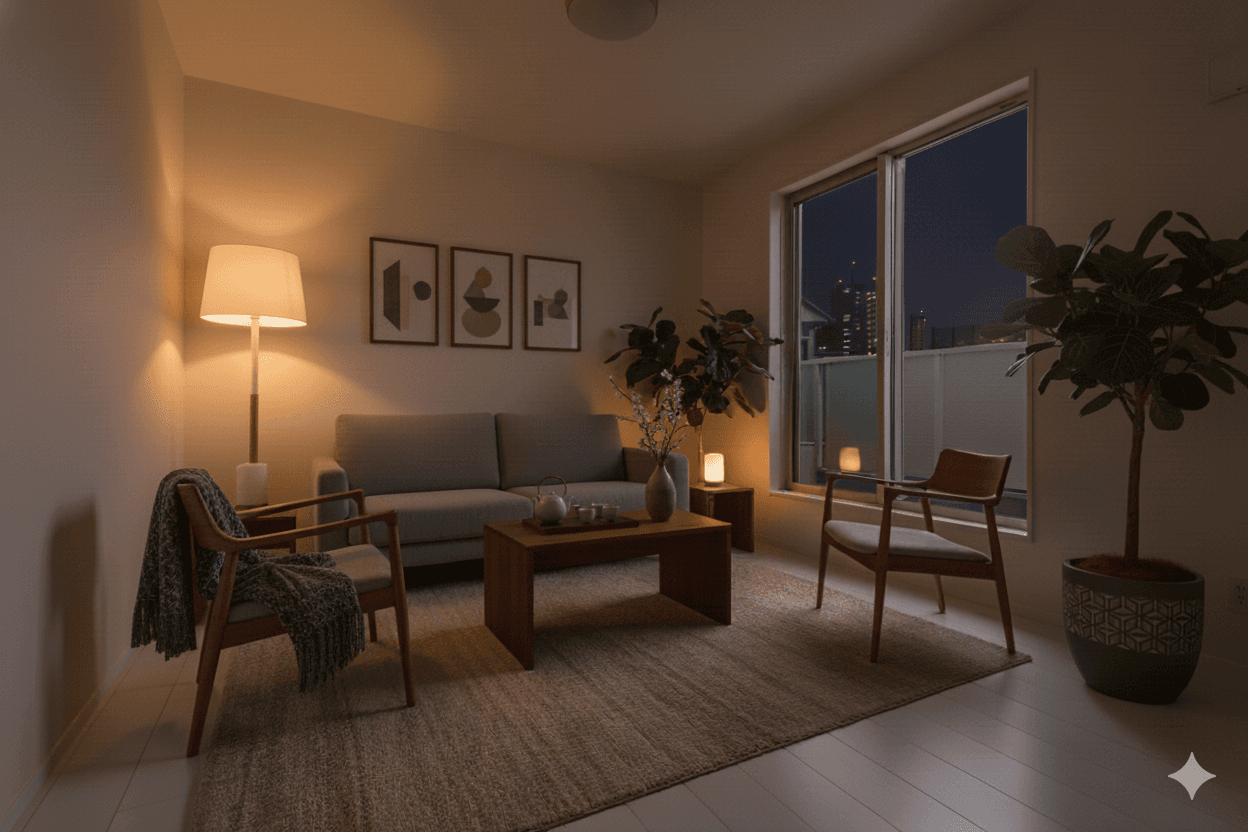Using Wood Furniture in Your Home in Japan
One of the first things you’ll notice when you move to Japan is how small the rooms are. If you’re tall, you’ll probably bump your head on a door frame at least once. Floor space is measured by tatami mats, and in cities like Tokyo, some single-room apartments can be as little as four mats big. At that point, is it really a room or just a closet with a kitchen?
To ease some of the pain of living in cramped Tokyo apartments, a smart furniture choice can make all the difference. Natural wood tones with a soft matte finish make a space feel less like a fluorescent office cubicle and more like a home. The light bouncing off wood is warm and forgiving — perfect for softening those long, work-heavy nights.
Light doesn’t bounce off wood the way it does off plastic or metal, and depending on the shade, it can completely change the mood of your room. Lighter wood opens things up, giving a sense of space, while darker tones can make the room feel smaller if overdone — though with the right balance, dark wood can also feel calm and grounded.

When you’re setting up your space, don’t worry about following design rules. Just pick a few natural materials you actually like — wood, linen, maybe a bit of stone — and let those guide the rest. Hide messy cables, switch to warmer bulbs, and leave a little open space on your shelves or table. You’ll be surprised how much calmer the room feels once it’s not shouting at you from every corner.
In the end, the best Japanese homes aren’t about showing off. They’re about feeling at ease — a quiet sense of order that gives you room to think. When the city outside is loud and cluttered, coming home to soft light on wooden surfaces and the smell of tea brewing can feel like the biggest luxury. That’s the real magic of using wood: it doesn’t just fill your room, it slows it down.
